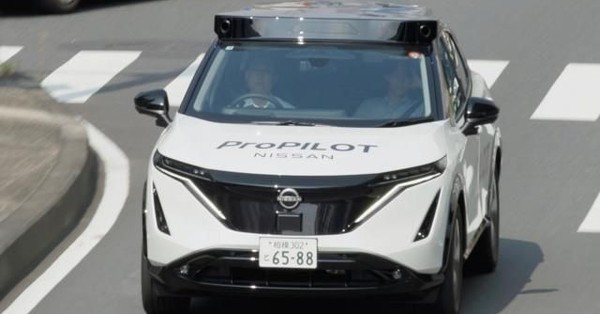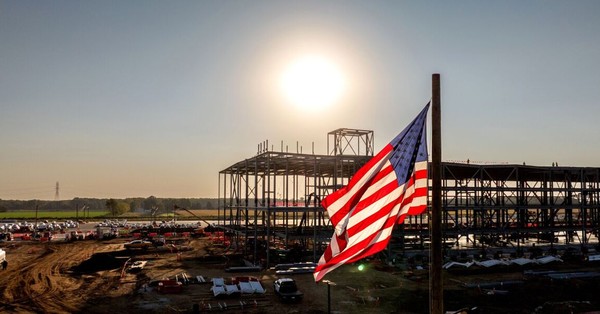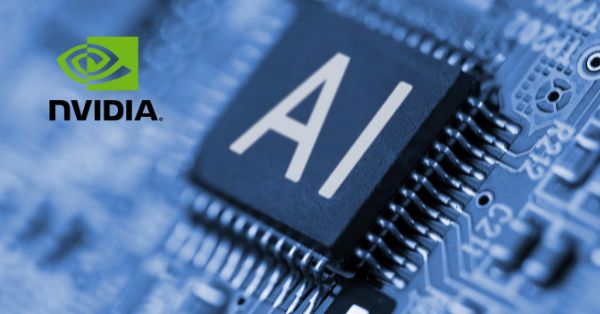Wayve and Nissan test self-driving AI in Tokyo on Ariya EVs
Wayve’s end-to-end driving AI is now running in Nissan Ariya electric vehicles in Tokyo, marking a pragmatic step toward consumer deployment in 2027.
Tokyo street trials on Nissan Ariya EVs with camera, radar, lidar
London-based Wayve has integrated its autonomous driving stack into Nissan’s Ariya models and executed live drives across central Tokyo. The test vehicles combine a camera-first approach with radar and a lidar unit for redundancy, aligning with Japan’s dense urban environment and complex traffic patterns. The configuration—multiple cameras, several radars, and lidar—aims to balance cost and safety while validating performance across intersections, pedestrian-heavy zones, and variable weather.
2027 roadmap: Level 2 ADAS first, path to higher autonomy
The initial commercial target is “eyes on, hands off” Level 2 driver assistance, with drivers remaining responsible and ready to take over. This aligns with how most automakers are sequencing autonomy: scaling advanced driver-assistance at volume, then graduating to higher levels where regulation and safety cases permit. Wayve emphasizes that the AI core for Level 2 and “eyes off” modes share common foundations, enabling an incremental roadmap without overclaiming readiness.
Nvidia GPUs and $500M intent underline compute and funding needs
Nvidia has signed a letter of intent for a potential $500 million investment in Wayve’s next funding round, reinforcing the compute-intensive nature of the program. Wayve’s stack runs on in-vehicle Nvidia chips while training relies on GPU-heavy data centers that process vast amounts of driving video. The company has already raised over $1 billion, including from SoftBank, to expand teams and infrastructure across the UK, US, Germany, and Japan.
Why it matters for telecom, 5G, edge, and enterprise IT
Autonomous capability at consumer scale depends on connectivity, data pipelines, and compliance—areas where telecom, cloud, and edge providers can shape outcomes.
Data gravity: petascale video, edge AI filtering, and storage tiers
End-to-end driving models are data-hungry, demanding continuous ingestion of video and telemetric data for training, validation, and fleet learning. This creates sustained demand for regional data centers, efficient data offload from vehicles, and intelligent filtering at the edge to control costs. Expect partnerships around storage tiers, vector databases, and model lifecycle platforms that can handle petascale video with strict governance.
Network stack: 5G SA, MEC, and C‑V2X for AV operations
While core driving decisions run on-vehicle, reliable 4G/5G is essential for over-the-air (OTA) updates, telemetry, remote diagnostics, and incident analysis. In dense cities like Tokyo, 5G standalone and multi-access edge computing can reduce latency for safety analytics, live map intelligence, and traffic coordination. Cellular V2X based on 3GPP Releases 16–18, plus roadside units, can enhance perception in occluded scenarios and support future cooperative driving features, even if the primary autonomy stack remains map-light and on-board.
OTA software pipelines, cybersecurity, and safety compliance (UNECE, ISO 26262)
To move from pilots to fleet scale, automakers will need hardened OTA pipelines compliant with automotive cybersecurity and software update regulations (for example, UNECE R155/R156), alongside ISO 26262 functional safety processes. Telecom and cloud partners should be ready with secure identity, SBOM-driven update orchestration, and audit trails spanning vehicle, edge, and cloud. The winners will integrate safety cases and observability into CI/CD for AI models and embedded software.
Strategic context in the autonomous driving race
The Tokyo trials position Wayve within a fast-moving competitive field and underscore a shift toward learning-based stacks that can adapt across markets.
End-to-end learning vs. HD maps and rule-based stacks
Wayve’s approach trains foundation models on large-scale driving video to generalize across scenarios, minimizing dependence on HD maps and handcrafted rules. That contrasts with legacy rule-based stacks and some map-reliant systems. The bet: scale data, compute, and simulation to achieve faster transfer learning across cities, with sensor fusion providing necessary redundancy. For OEMs, this can lower localization effort when entering new markets.
Competitors and regional dynamics in Japan and beyond
Wayve faces well-funded programs from Tesla, Waymo, Baidu, and others, plus established automakers such as Mercedes-Benz, Honda, General Motors, and Toyota. In Japan, robotaxi pilots are expanding, and global players are forming local alliances with taxi fleets. Wayve’s Tokyo progress with Nissan, and planned London robotaxi trials in partnership with a ride-hailing platform, signal a dual-track strategy: consumer ADAS at scale and supervised commercial autonomy in select corridors.
Risks, costs, and regulatory open questions
Execution will hinge on safety cases, cost discipline, and regulatory alignment across jurisdictions.
Safety, liability, driver monitoring, and handover
Level 2 systems pose well-known risks around driver overreliance and attention management. Clear HMI, driver monitoring, and robust handover protocols are non-negotiable. Insurers and regulators will scrutinize incident data, disengagements, and post-update performance to validate continuous improvement claims.
Cost and sensor BOM: cameras, radar, lidar, compute
Lidar adds redundancy but impacts bill of materials. Wayve and Nissan aim to keep hardware lean and affordable for mass-market trims, which will pressure suppliers on pricing for cameras, radar, compute, and storage. The ability to reduce sensor count over time through model gains—without compromising safety—will be closely watched.
Regulation and city readiness for higher automation
Japan’s path to higher automation levels depends on regulatory proofs, standardized test protocols, and municipal readiness for AV operations. City-by-city policies on curb space, dedicated pick-up zones, and V2X infrastructure will shape deployment speed and user experience.
What to watch now and next steps for stakeholders
Enterprises across the mobility stack should prepare for data-scale operations, connectivity SLAs, and safety-first software practices.
Guidance for operators and cloud providers (5G, MEC, GPUaaS)
Build AV-ready offerings: 5G SA slices for telemetry and OTA reliability; MEC zones near urban testbeds; secure, high-throughput data ingestion for video; and GPU-as-a-service aligned to model training bursts. Tie in observability, data residency controls, and cost governance.
Guidance for automakers and fleet buyers (KPIs, OTA, TCO)
Pilot with clear KPIs across diverse routes and weather to validate generalization. Design an OTA program that unifies ADAS firmware, AI model updates, and cybersecurity compliance. Pressure-test total cost of ownership including data egress, storage tiers, and warranty impacts from software-driven features.
Guidance for cities and ecosystem partners (V2X, data, transit)
Prioritize AV corridors with consistent signage, lane markings, and roadside V2X. Standardize incident reporting and data-sharing frameworks that respect privacy. Align public transit and ride-hail pilots to improve coverage, not just convenience.
Bottom line: Wayve’s Tokyo tests with Nissan are a meaningful proof point for learning-based autonomy and a catalyst for telecom and cloud ecosystems to operationalize data-hungry, safety-critical mobility at scale.








































